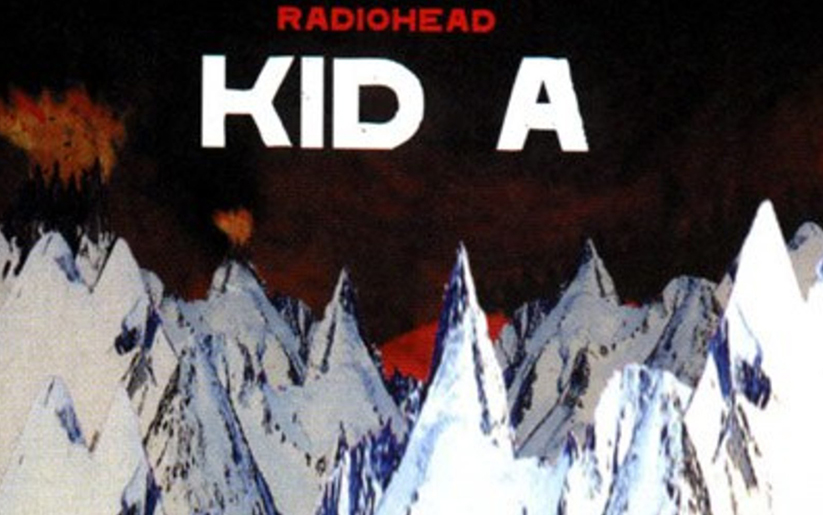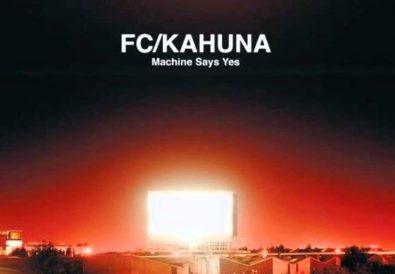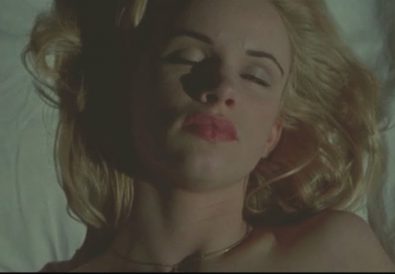The English rock band Radiohead’s fourth studio album, the radically different Kid A (2000) severely divided critics when it was released, some ruing that it probably would not sell many copies. Can’t blame them too much because this is indeed a challenging, often downright confusing piece of alternative rock music that will leave even ardent Radiohead fans scratching their heads. The trademark guitar bits are few and far between, there are large chunks of experimental avant-garde electronic orchestration, the vocals are often ambient & distorted, and the songs rely more upon mood and rhythm than actual melody. No wonder Radiohead chose not to release a single from this album.
But while Kid A is a difficult record, it is also an extremely rewarding one. In fact, it is a reason why Kid A is still remembered as the best album of the year 2000 and a deserving winner of a Grammy award for the Best Alternative Album. One could say, no other album released in 2000 even came close to matching the daring and complex artistic vision that Radiohead brought to life with Kid A. While evidently a giant leap away from Radiohead’s early guitar-based brand of rock and roll, Kid A was as big a leap from 1997’s OK Computer as OK Computer was from 1995’s The Bends. At the time, OK Computer sounded like an exciting and entirely new direction for modern music. Instead, we now realize that Radiohead was just taking a small step forward with that release.
On Kid A’s hypnotic opener, “Everything in its Right Place,” lead singer Thom Yorke repeats the song’s title as a mantra. This song could be about our search for order in a society that is beginning to lack any semblance of order – a time when nothing was/is really in its right place. Even as Yorke sings, his own vocals are repeated back to him backwards and distorted – out of place. Later, the heavy bass line of “The National Anthem” propels Yorke to new heights of angst and tension. The last three minutes of this track is a wonderfully chaotic piece of experimental jazz – horns wail, screech and collide to create a sheer wall of noise.
Kid A then returns to earth with “How To Disappear Completely,” a song that features acoustic strumming coupled with a simple, wailing two-note echo. Heartbreaking in its beauty and simplicity, this track ranks right up there with Radiohead’s best work yet. Yorke’s high-pitched vocals perfectly complement the other instruments as the song enters an achingly moving rhythm.
While there’s technically not a “single” from Kid A, “Optimistic” was the first song sent to radio stations and has been called the “target track” by some of the band’s publicity. This claustrophobic-sounding track finds Yorke singing, “You can try the best you can/ The best you can is good enough.” Later, “Idioteque” opens with an electronic drum rhythm followed by a wash of keyboards. Yorke repeats the line, “Ice age coming” with a growing intensity as the track progresses. This psychotic episode is similar in form to OK Computer’s “Climbing Up the Walls.” Kid A closes with “Motion Picture Soundtrack,” an epic, plaintive ballad with Yorke singing, “I think you’re crazy/ Maybe.”
Fifty years from now, young bands will still be inspired by the music Radiohead has created on albums such as The Bends, OK Computer and Kid A. With these 3 albums, Radiohead established themselves as one of the most important and most creative bands of the 90s/2000 era. So even if Kid A didn’t please all critics, you can rest assured that people will still be listening in the future to Kid A, long after most of those other bands have long gone. As a matter of fact, its still ranked 67 on Rolling Stone’s list of the 500 greatest albums of all time.




Dummies Guide to Making a Good Demo